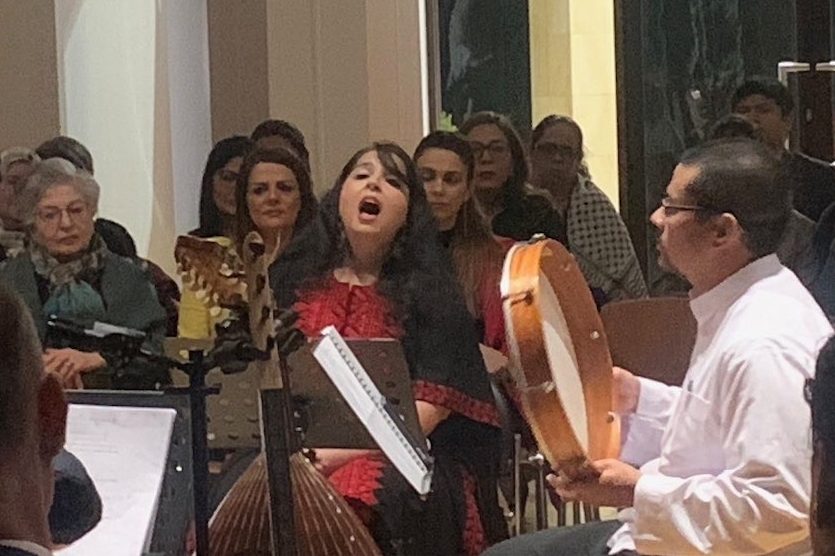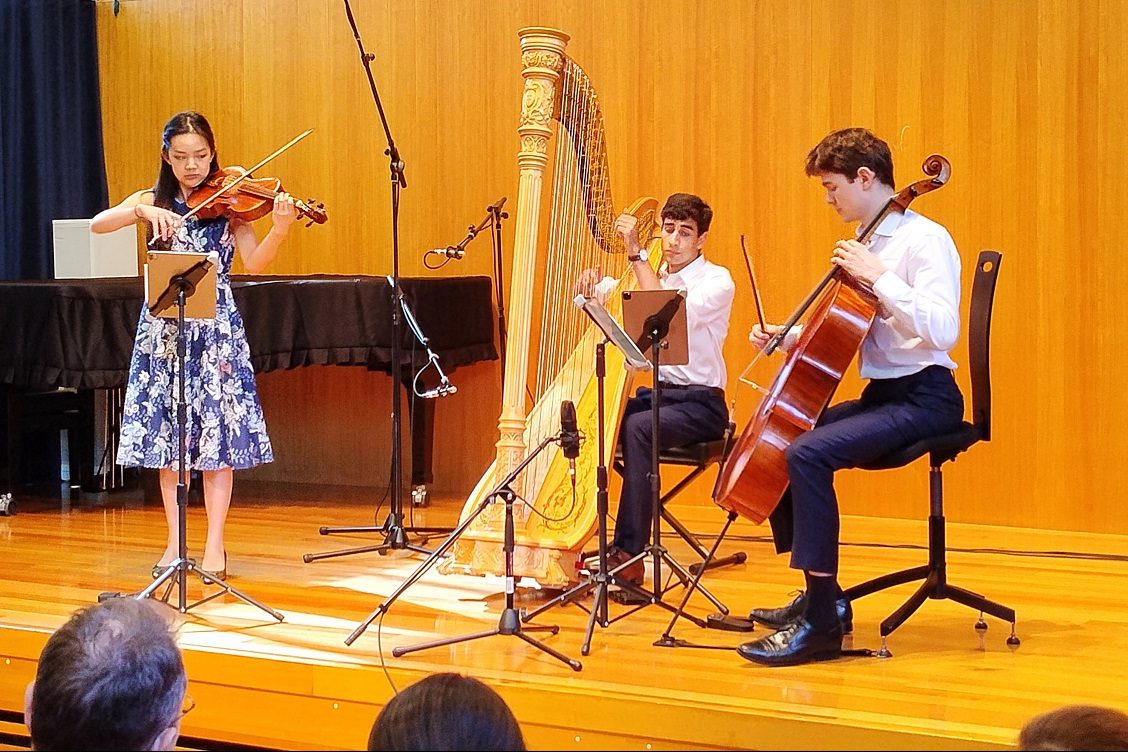
MOZART’S “Overture to the Magic Flute” K.620, arranged by Masi (1800), got this concert of arranged classical works off to a bright and effervescent start.
The main piece of the night, Beethoven’s “Piano Concerto No.5”,”The Emperor”, with Dr Neal Peres Da Costa on fortepiano was also arranged for the Australian Haydn Ensemble (AHE), by Vi King Lim. The AHE call Vi King the unsung hero of the musical community and a modern-day Cimador.
Giambattista Cimador (1761-1805) was an Italian composer and arranger who transcribed several significant works for what is known as “room orchestra reductions”.
The Great Hall at University House is a receptive space for small ensembles and especially sympathetic to the fortepiano. There is no blasting out of grand fortissimos from this piano that would typically fill the hall with too much reverberation. The subtle and delicious sound of this instrument allows every note to be heard and when each note was performed as good as it was in this concert, it was a particular delight to hear.
The precise runs and delicate sound on the fortepiano by Peres Da Costa, was matched by the refined and strong playing from the seven other musicians in this ensemble. The other performers were, Skye McIntosh, leader and violinist; Matthew Greco, violin; James Eccles, viola; Martin Wiggins, viola; Daniel Yeadon, cello; Jacqueline Dossor, double bass, and Melissa Farrow on flute.
Peres Da Costa, with his extensive knowledge of historical performance practice, adds his artistic ideas to the playing of baroque and classical music. His concepts, such as tempo modifications and chordal arpeggiation, make for an interesting interpretation, and I’m sure they all fit into his study of historical performance practice.
This grand piece of music, which completes the cycle of Beethoven piano concertos performed by the AHE is full of distinct and bold tunes. In the slow movement, there are times when you can hear how other composers may have been influenced by this music, composers such as Shostakovich and Rachmaninov.
When listening to these arrangements, getting the balance right must have been a tricky accomplishment. When considering the make up of this ensemble and then reducing a full orchestral score down to a group having just one flute, a cello and one double bass, it is an extra special achievement, especially when the sound was always so clear and memorable.
Mozart’s “Symphony No 38”, the “Prague” in D Major, arr. Cimador (1800), represents one of his most successful pieces. Mozart was riding a wave of popularity early 1787 when he arrived in Prague. He had two successful concerts there featuring this symphony.
This rousing symphony was played with vigour and accuracy, as was every piece. The AHE always offer something special in their concerts, and this performance was no exception.
Who can be trusted?
In a world of spin and confusion, there’s never been a more important time to support independent journalism in Canberra.
If you trust our work online and want to enforce the power of independent voices, I invite you to make a small contribution.
Every dollar of support is invested back into our journalism to help keep citynews.com.au strong and free.
Thank you,
Ian Meikle, editor




Leave a Reply